1) I'm thrilled to be joining the behavior powerhouse that is Indiana University!! So stoked, starting Jan 2026.
2) I'm recruiting grad students! Are you (or your trainee) interested in sensory ecology? behavior? evolution? fieldwork? spiders? Drop me a line Jstafstr(at)iu.edu


1) I'm thrilled to be joining the behavior powerhouse that is Indiana University!! So stoked, starting Jan 2026.
2) I'm recruiting grad students! Are you (or your trainee) interested in sensory ecology? behavior? evolution? fieldwork? spiders? Drop me a line Jstafstr(at)iu.edu
Our paper examines how queen and worker harvester ants differ in ovarian morphology and gene expression, shedding light on the ovary as a hub for multiple physiological systems, not just reproduction. Check it out! rdcu.be/ePNP8

Our paper examines how queen and worker harvester ants differ in ovarian morphology and gene expression, shedding light on the ovary as a hub for multiple physiological systems, not just reproduction. Check it out! rdcu.be/ePNP8

@jasminealqassar.bsky.social led this work on the silk glands of the pantry moth.
These two long tubes inside the caterpillar continuously make a ton of silk
How does this special organ work?
www.cell.com/iscience/ful...
@cp-iscience.bsky.social
🧵THREAD🧵
@jasminealqassar.bsky.social led this work on the silk glands of the pantry moth.
These two long tubes inside the caterpillar continuously make a ton of silk
How does this special organ work?
www.cell.com/iscience/ful...
@cp-iscience.bsky.social
🧵THREAD🧵
www.biorxiv.org/content/10.1...

www.biorxiv.org/content/10.1...
🚨 Please register at: www.iussi-nweurope.org/meetings
Come and join us - will be great fun & great lineup of speakers! Plenaries by Ido Pen & @rmash.bsky.social
Abstract submissions now open: www.iussi-nweurope.org/meetings
Date: December 18-19
Abstract deadline: October 15
Host: Laboratory of Socioecology and Social Evolution at KU Leuven
Plenary: Ido Pen & @rmash.bsky.social


🚨 Please register at: www.iussi-nweurope.org/meetings
Come and join us - will be great fun & great lineup of speakers! Plenaries by Ido Pen & @rmash.bsky.social
These two males belong to different species—but share the same mother. How? Why?
To celebrate the print release of our last paper in this week’s @nature.com (issue 8084), here’s a thread summarizing the results. Why? Let’s dive in🧵👇 www.nature.com/articles/s41...

These two males belong to different species—but share the same mother. How? Why?
To celebrate the print release of our last paper in this week’s @nature.com (issue 8084), here’s a thread summarizing the results. Why? Let’s dive in🧵👇 www.nature.com/articles/s41...

Apply: apply.interfolio.com/173889
Apply: apply.interfolio.com/173889
In our paper out now in @currentbiology.bsky.social we show that the Atlas blue butterfly has 229 chromosome pairs- the highest in diploid Metazoa! These arose by rapid autosome fragmentation while sex chromosomes stayed intact.
www.cell.com/current-biol...
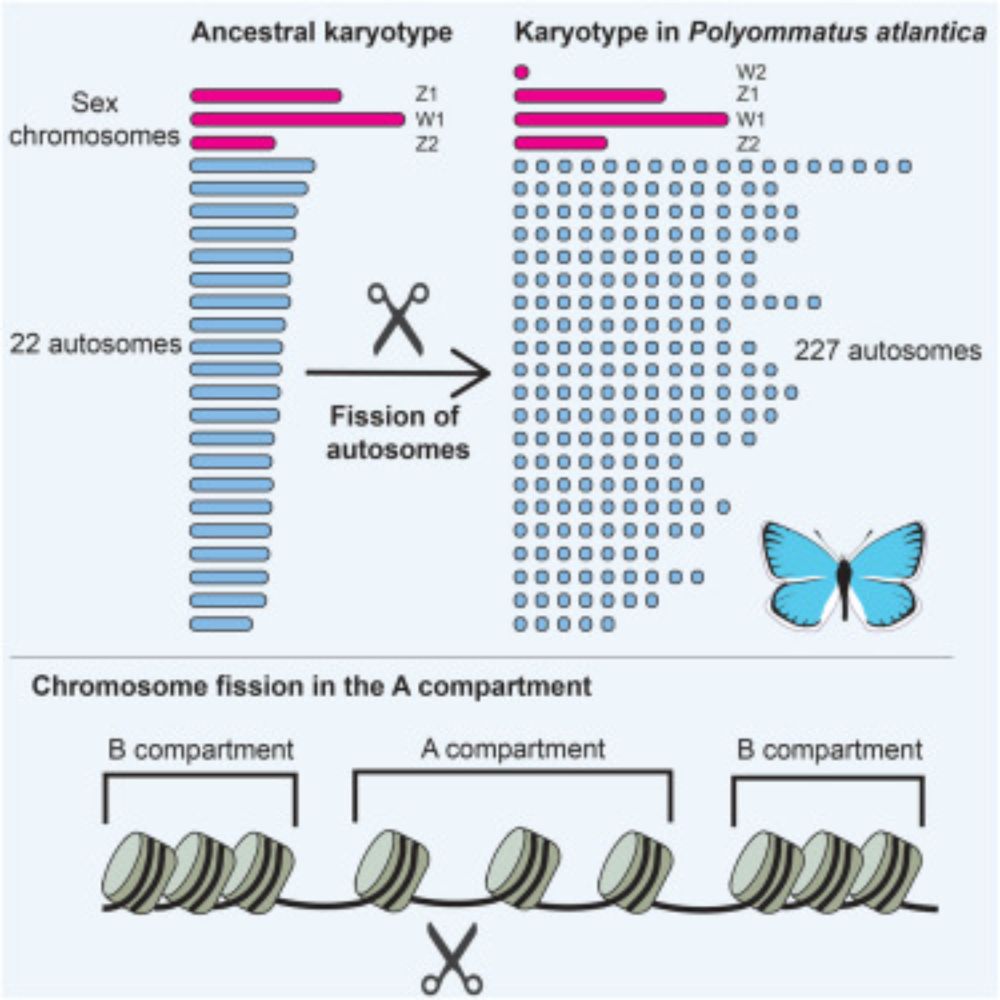
In our paper out now in @currentbiology.bsky.social we show that the Atlas blue butterfly has 229 chromosome pairs- the highest in diploid Metazoa! These arose by rapid autosome fragmentation while sex chromosomes stayed intact.
www.cell.com/current-biol...
www.cell.com/current-biol...

www.cell.com/current-biol...
Curious to know how weaver #ants achieve superefficiency when working together? Check it out! 🐜🐜🐜
www.cell.com/current-biol...

Curious to know how weaver #ants achieve superefficiency when working together? Check it out! 🐜🐜🐜
www.cell.com/current-biol...
#PhDposition #PhD #wasplove
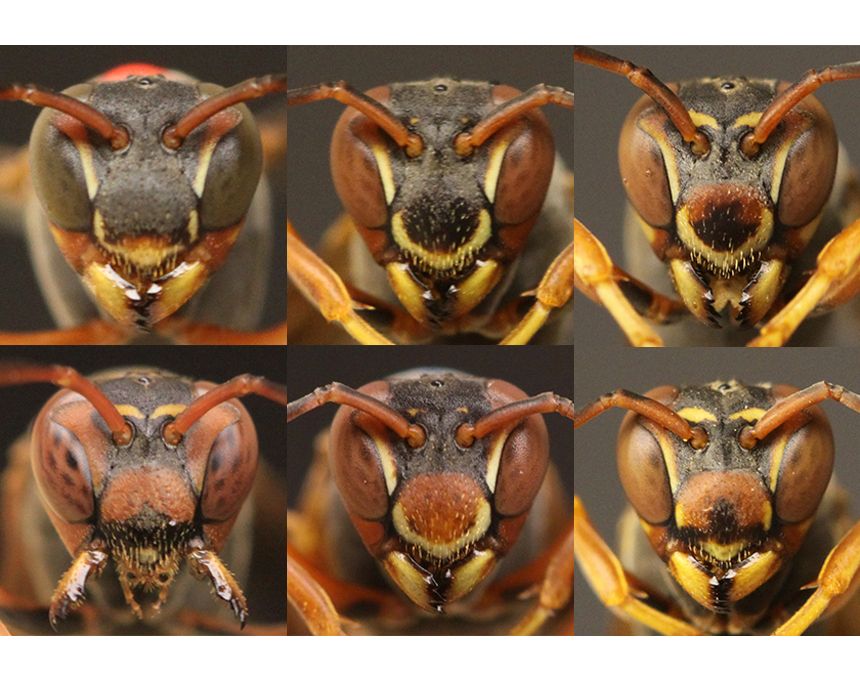
#PhDposition #PhD #wasplove
go.nature.com/4mOb5T9

go.nature.com/4mOb5T9
www.indeed.com/viewjob?jk=d...

www.indeed.com/viewjob?jk=d...
Apply to lead a lab at Janelia & advance biology using theory, computational modeling & machine learning.
🔹5-year renewable appointment
🔹Pioneer new tools & approaches
🔹Collaborate across disciplines
Apply by Nov. 4👉 https://janelia.link/groupleader


#entomology #science #sciencejobs #bugsky 🧪
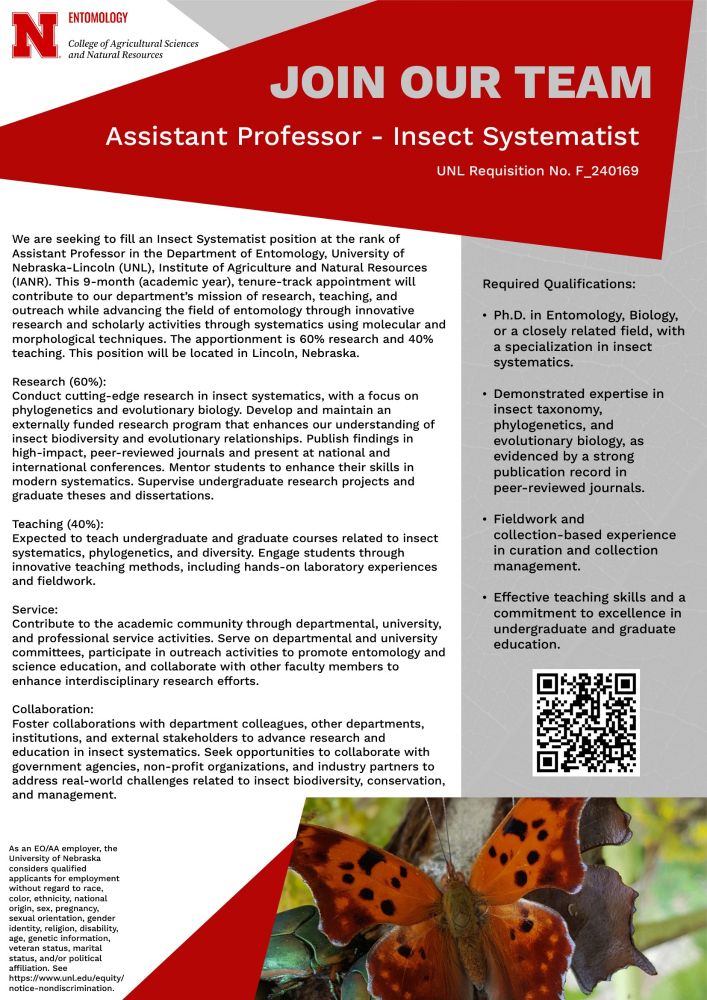
#entomology #science #sciencejobs #bugsky 🧪
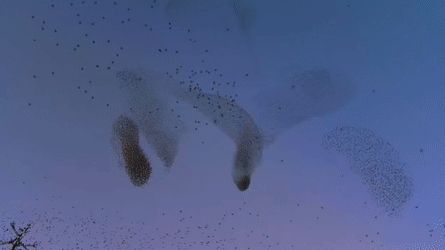
royalsocietypublishing.org/doi/full/10....
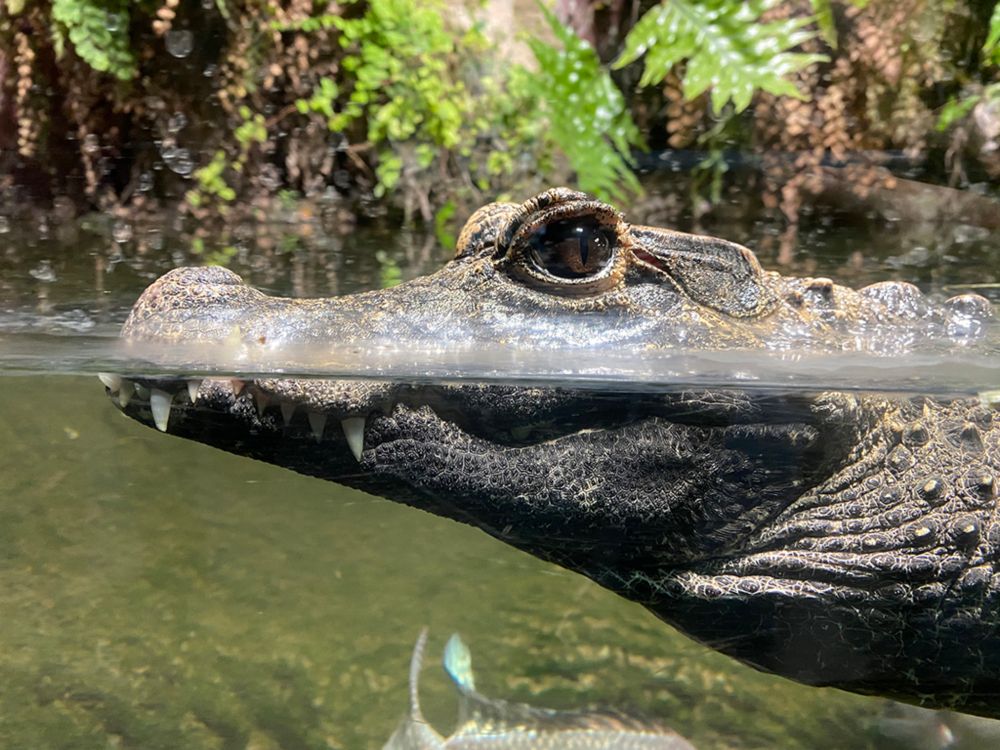
royalsocietypublishing.org/doi/full/10....

